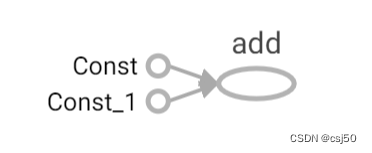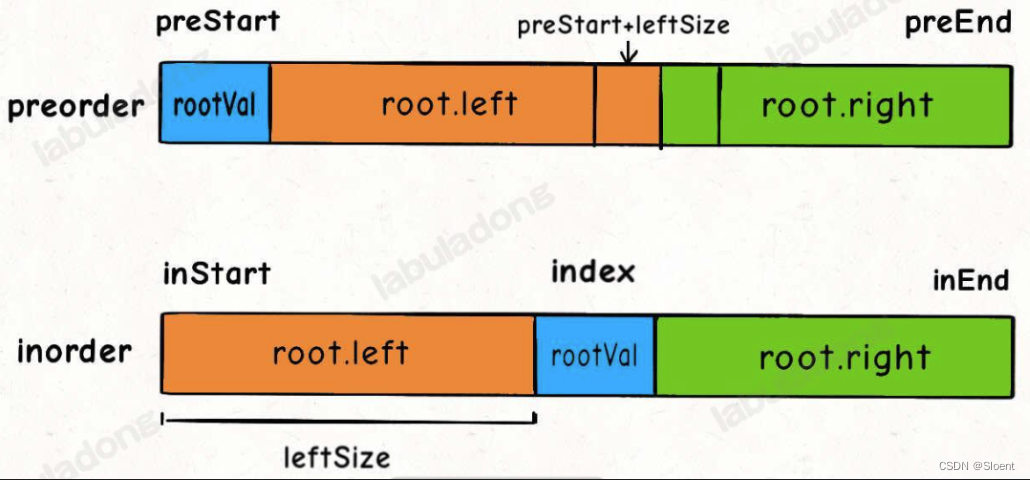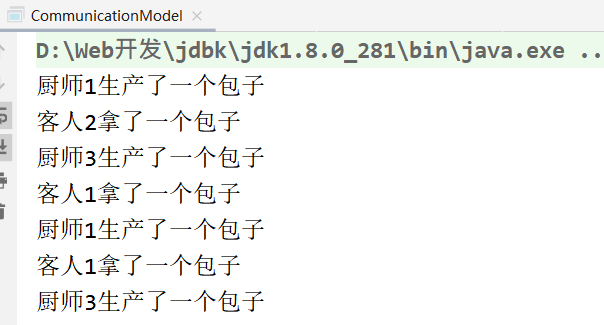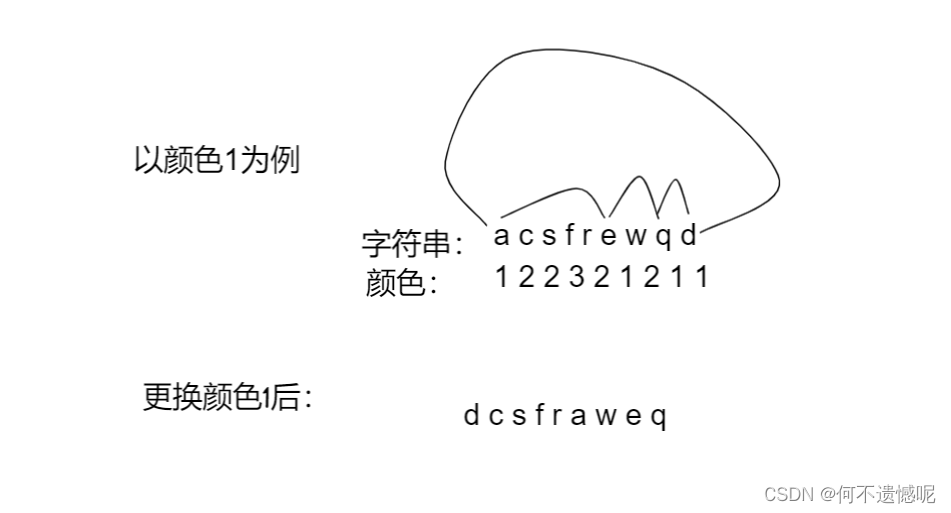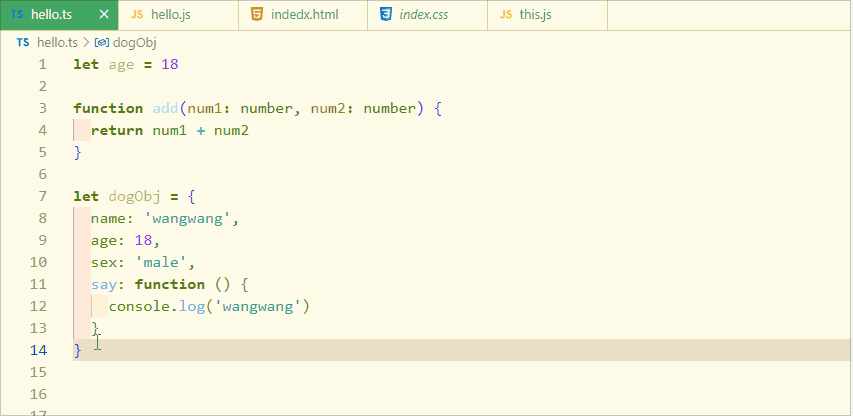目录
1.基本语法
2.继承方式
3.继承中的对象模型
4.构造和构析顺序
5.同名成员处理
6.同名静态成员处理
7.多继承语法
8.菱形继承
图片示例:
虚继承
代码示例:
1.基本语法
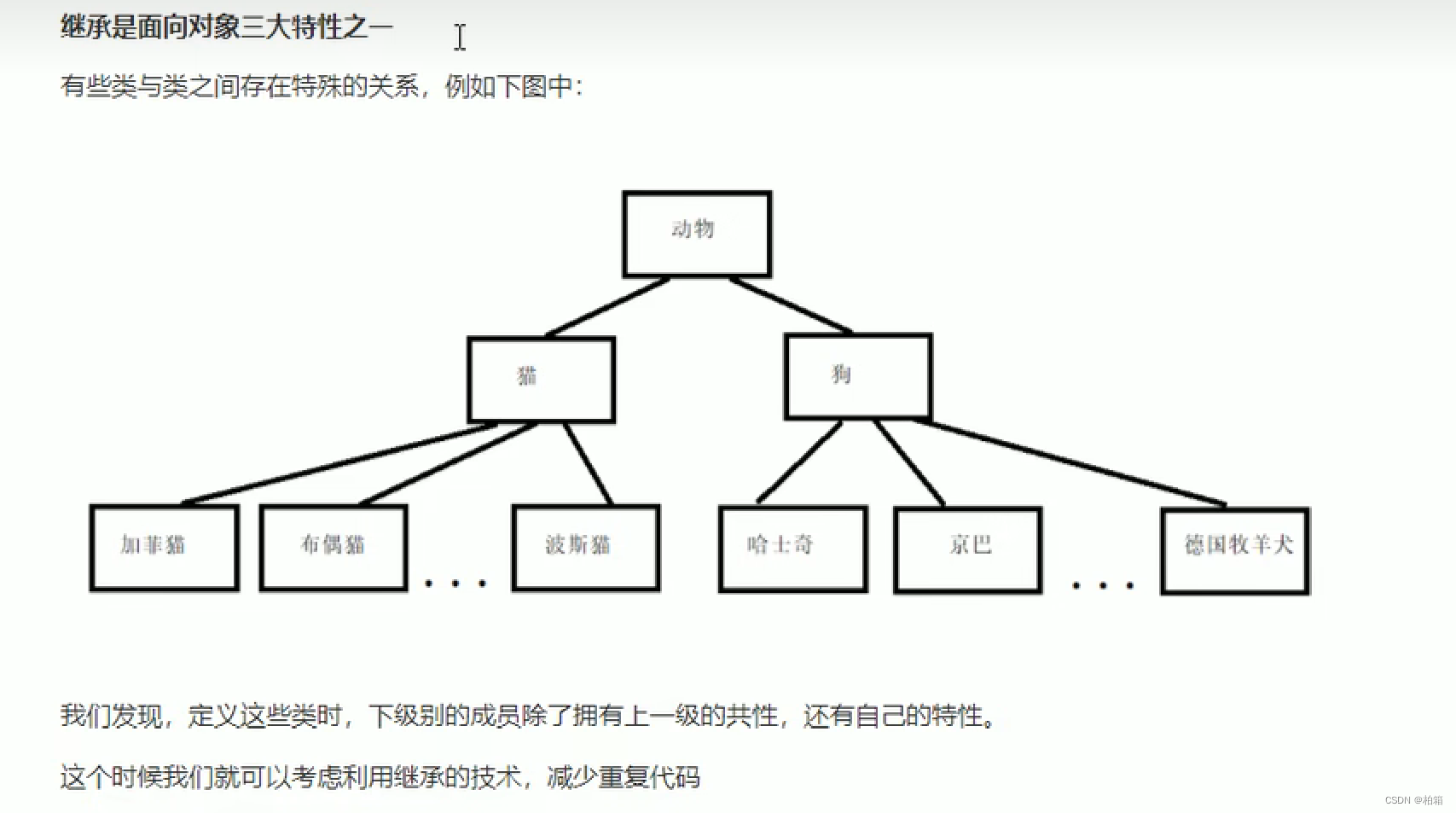

#include<bits/stdc++.h>
using namespace std;
//公共页面类
class basepage
{
public:
void header()
{
cout << "启动" << endl;
}
void left()
{
cout << "结束" << endl;
}
};
class three_body : public basepage
{
public:
void content()
{
cout << "three_body" << endl;
}
};
class wandering_earth : public basepage
{
public:
void content()
{
cout << "wandering_earth" << endl;
}
};
int main()
{
three_body t;
t.header();
t.content();
t.left();
wandering_earth w;
w.header();
w.content();
w.left();
return 0;
}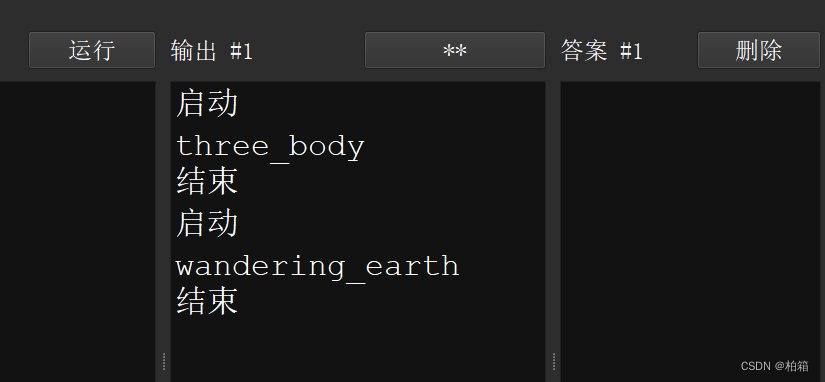
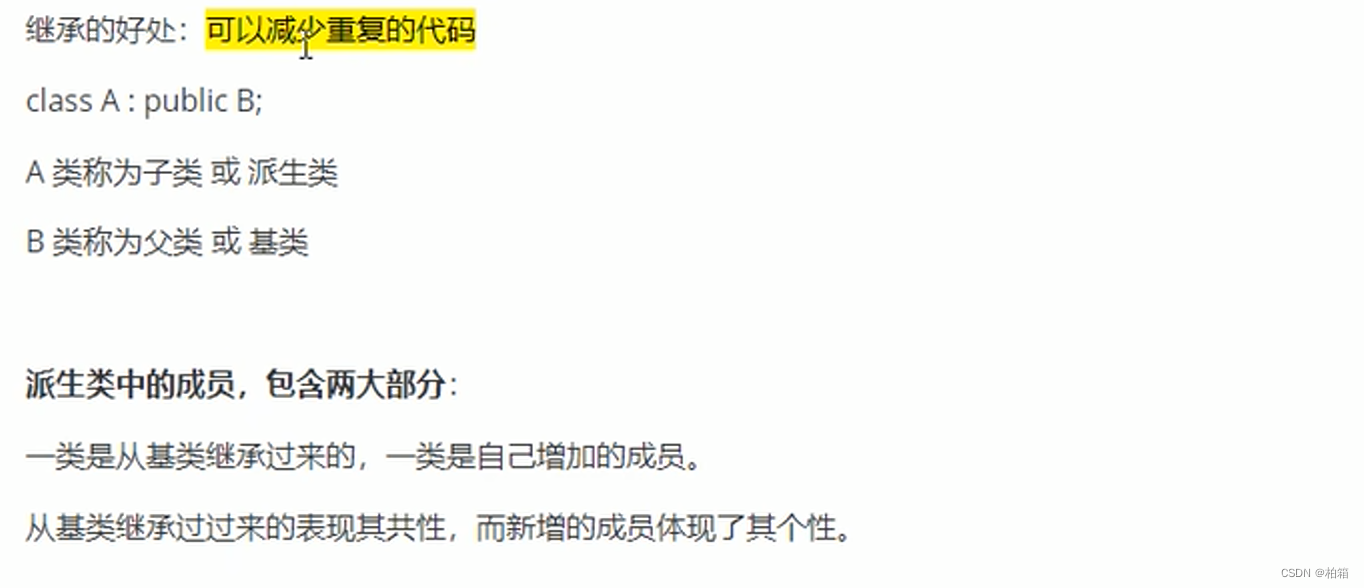
2.继承方式

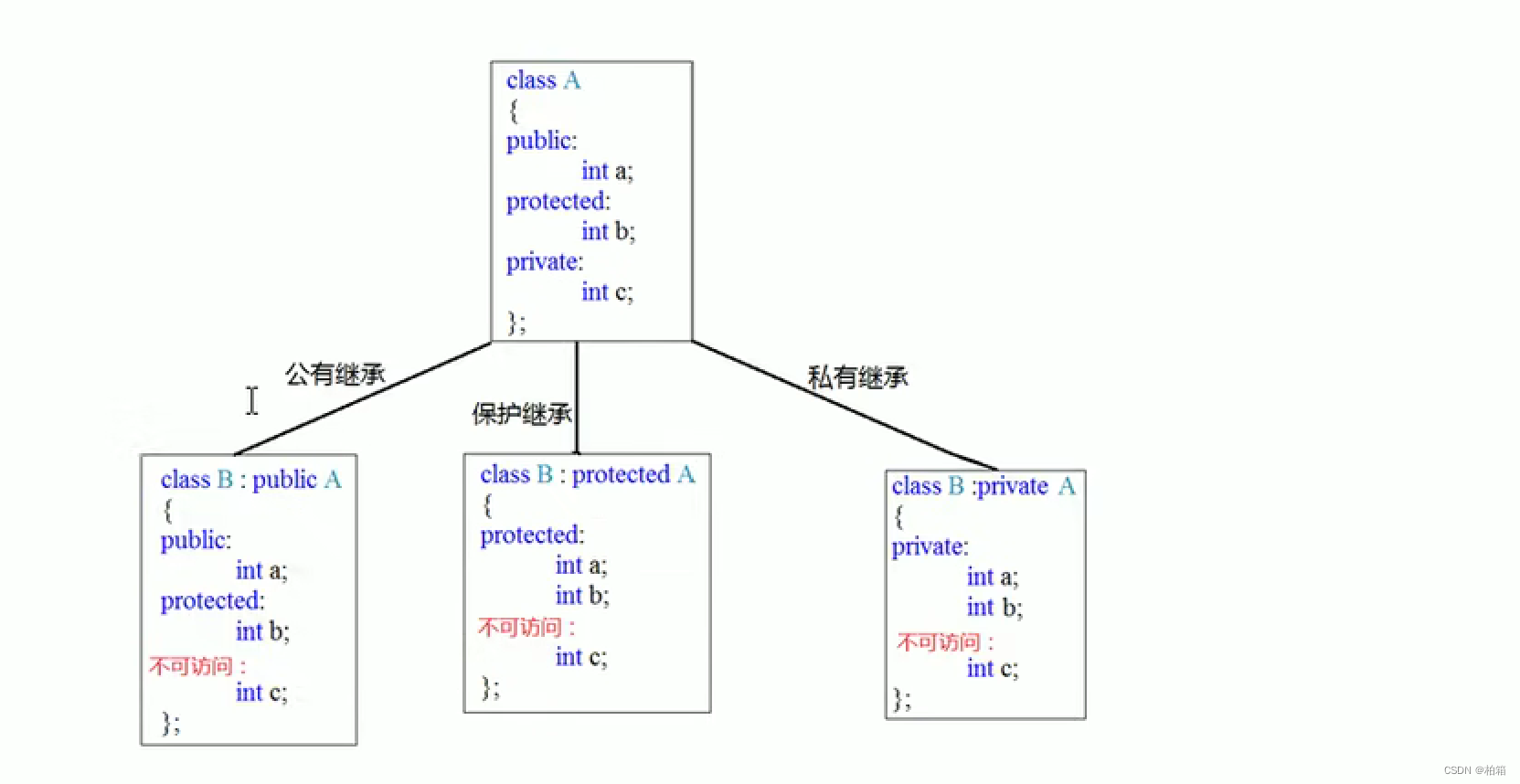
解释:
| 继承方式: | 公有继承 | 保护继承 | 私有继承 |
| 父类中为公共权限 | 子类中为公共权限 | 子类中为保护权限 | 子类中为私有权限 |
| 父类中为保护权限 | 子类中为保护权限 | 子类中为保护权限 | 子类中为私有权限 |
| 父类中为保护权限 | 子类中访问不到 | 子类中访问不到 | 子类中访问不到 |
保护权限和私有权限类外访问不到

3.继承中的对象模型

#include<bits/stdc++.h>
using namespace std;
//公共页面类
class base
{
public:
int pu;
protected:
int pro;
private:
int pri;
};
class son1 : public base
{
public:
int a;
};
int main()
{
son1 a;
//父类中所有非静态成员属性都会被子类继承下去
//父类中私有成员属性是被隐藏了,因此访问不到,但是确实被继承下去了
cout << sizeof(a) << endl;
return 0;
}


4.构造和构析顺序

父类先构造,子类再构造,析构,父类最后析构。
#include<bits/stdc++.h>
using namespace std;
class father
{
public:
father()
{
cout << "父类的构造函数" << endl;
}
~father()
{
cout << "父类的析构函数" << endl;
}
};
class son : public father
{
public:
son()
{
cout << "子类的构造函数" << endl;
}
~son()
{
cout << "子类的析构函数" << endl;
}
};
int main()
{
son s;
return 0;
} 
5.同名成员处理


#include<bits/stdc++.h>
using namespace std;
class father
{
public:
father()
{
a = 100;
}
void func()
{
cout << "父类函数调用" << endl;
}
int a;
};
class son : public father
{
public:
son()
{
a = 200;
}
void func()
{
cout << "子类函数调用" << endl;
}
int a;
};
int main()
{
son s;
cout << s.a << endl;
//通过子类对象访问父类同名对象要加作用域
cout << s.father::a << endl;
s.func();
s.father::func();
return 0;
}
6.同名静态成员处理
#include<bits/stdc++.h>
using namespace std;
class father
{
public:
static void func()
{
cout << "父类函数调用" << endl;
}
static int a;
};
int father::a = 200;
class son : public father
{
public:
static void func()
{
cout << "子类函数调用" << endl;
}
static int a;
};
int son::a = 100;
int main()
{
son s;
//通过对象进行访问
cout << s.a << endl;
cout << s.father::a << endl;
cout << "-------------------" << endl;
//通过类名进行访问
cout << son::a << endl;
cout << son::father::a << endl;
cout << endl;
//通过对象进行访问
s.func();
s.father::func();
cout << "-------------------" << endl;
//通过类名进行访问
son::func();
son::father::func();
return 0;
} 
7.多继承语法

#include<bits/stdc++.h>
using namespace std;
class base1
{
public:
int a = 1000;
};
class base2
{
public:
int a = 2000;
};
class son : public base1,public base2
{
public:
int b;
int c;
};
int main()
{
son s;
cout << sizeof(s) << endl;
cout << s.base1::a << endl;
cout << s.base2::a << endl;
return 0;
} 
8.菱形继承

图片示例:
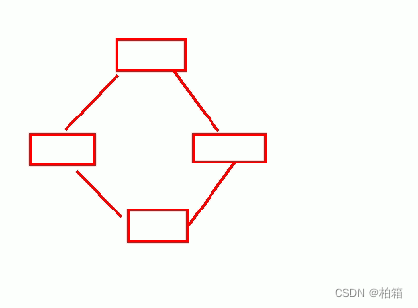
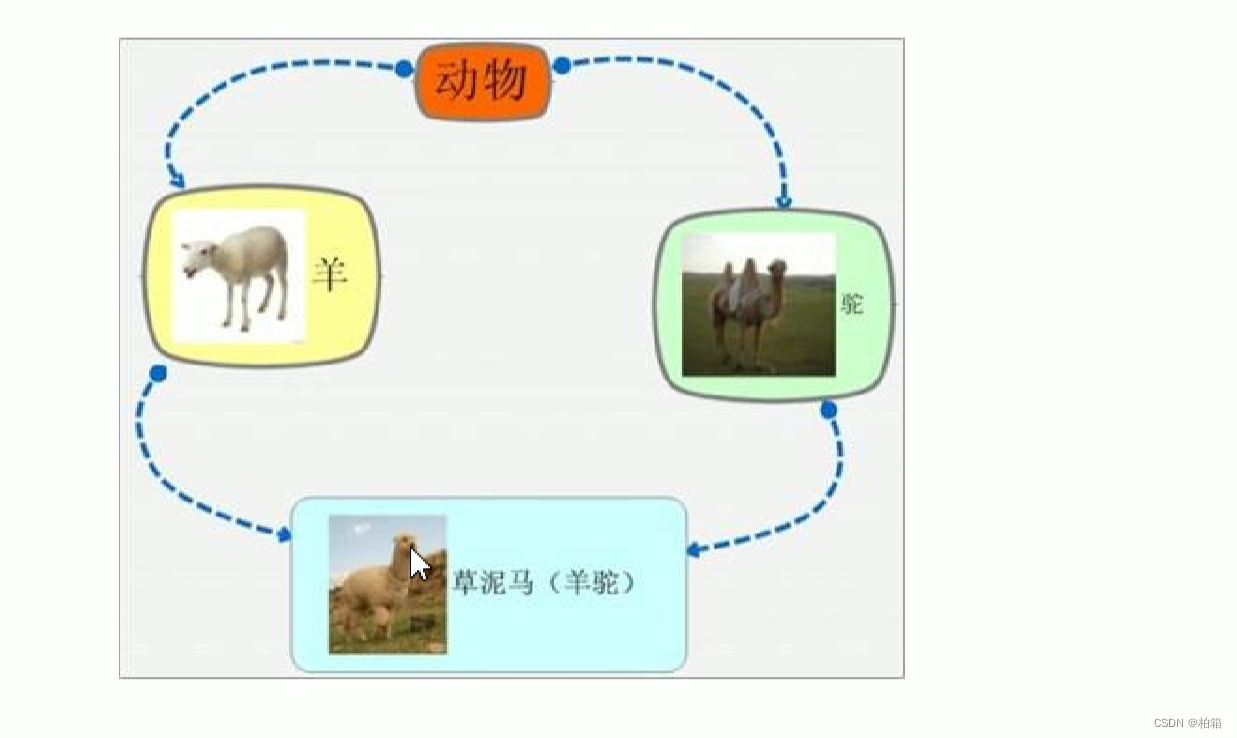 下面以animal,羊,骆驼,羊驼这四种动物为例:
下面以animal,羊,骆驼,羊驼这四种动物为例:

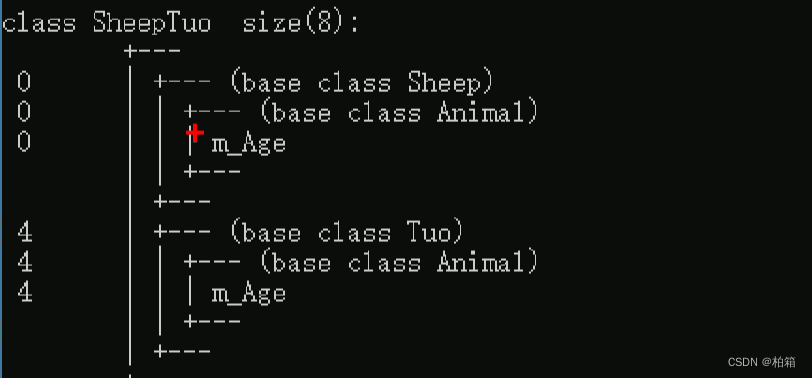
虚继承
在继承之前加上virtual

使用虚继承后sheep和tuo里存的会变为一个虚基类指针,共同指向m_age,避免了二义性。
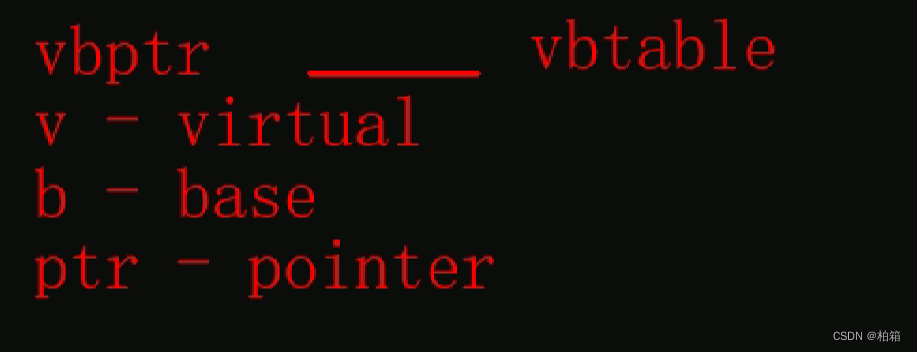
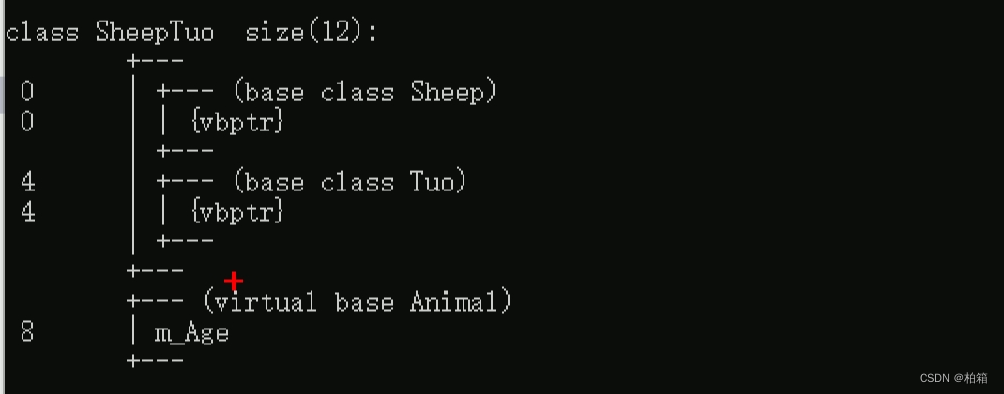

代码示例:
#include<bits/stdc++.h>
using namespace std;
class animal
{
public:
int m_age;
};
class sheep : virtual public animal{};
class camel : virtual public animal{};
class alpaca : public sheep,public camel{};
int main()
{
alpaca a;
a.m_age = 10;
cout << a.sheep::m_age << endl;
cout << a.camel::m_age << endl;
cout << a.m_age << endl;
return 0;
}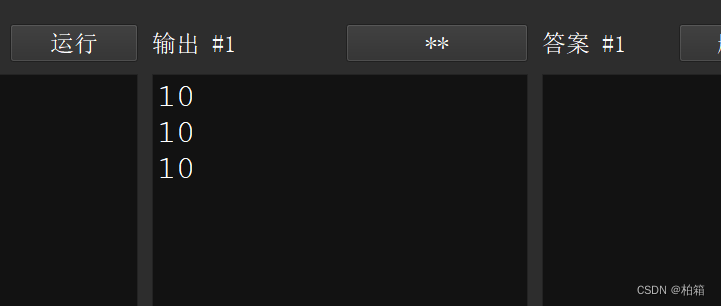


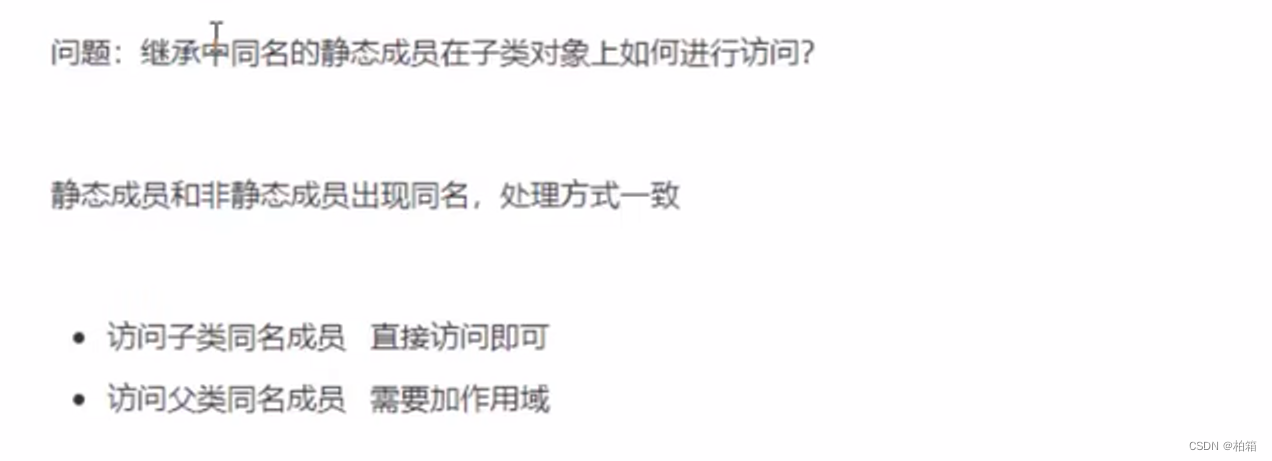


![心法利器[107] onnx和tensorRT的bert加速方案记录](https://img-blog.csdnimg.cn/img_convert/10e4893054f80e1aa02cb2febb3b0469.png)
